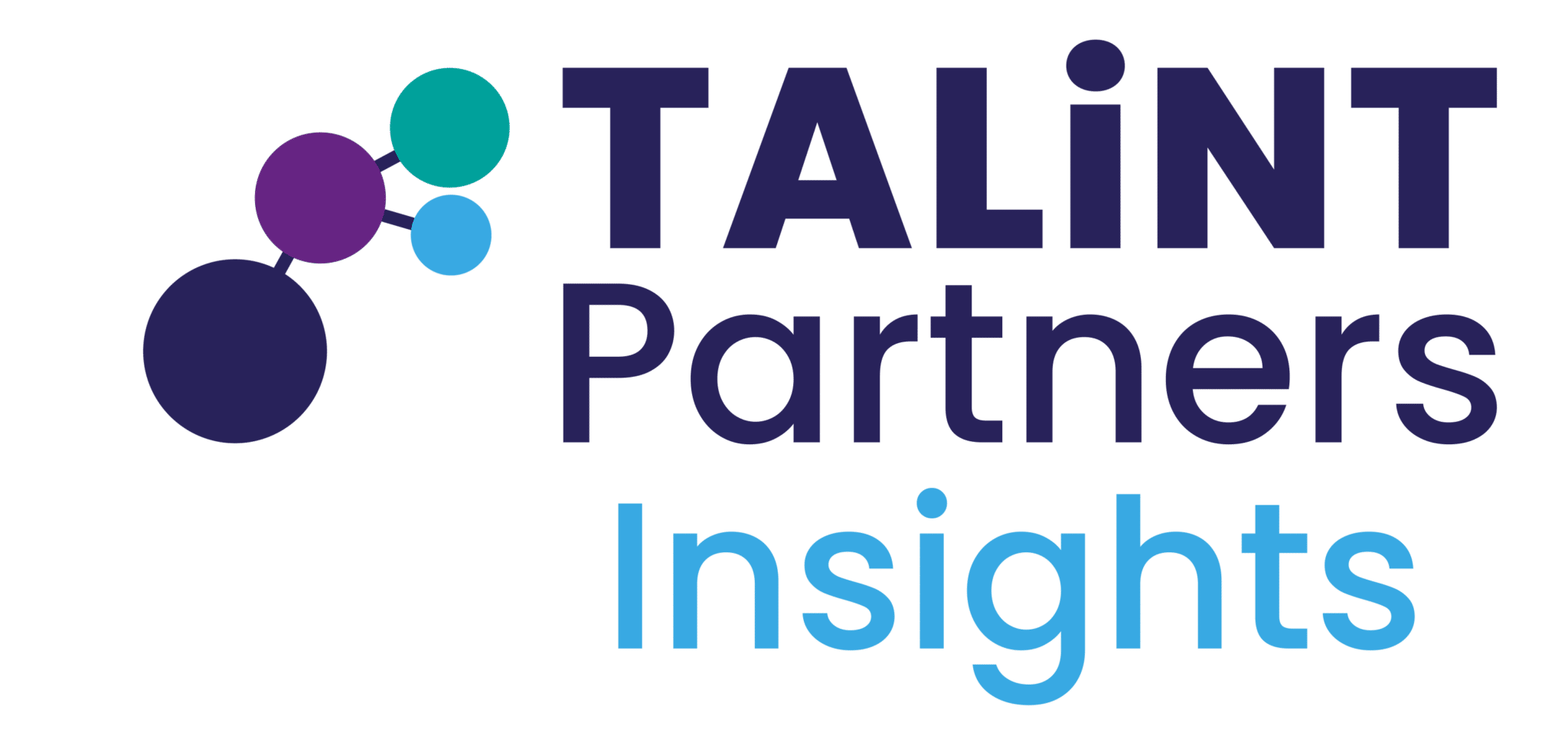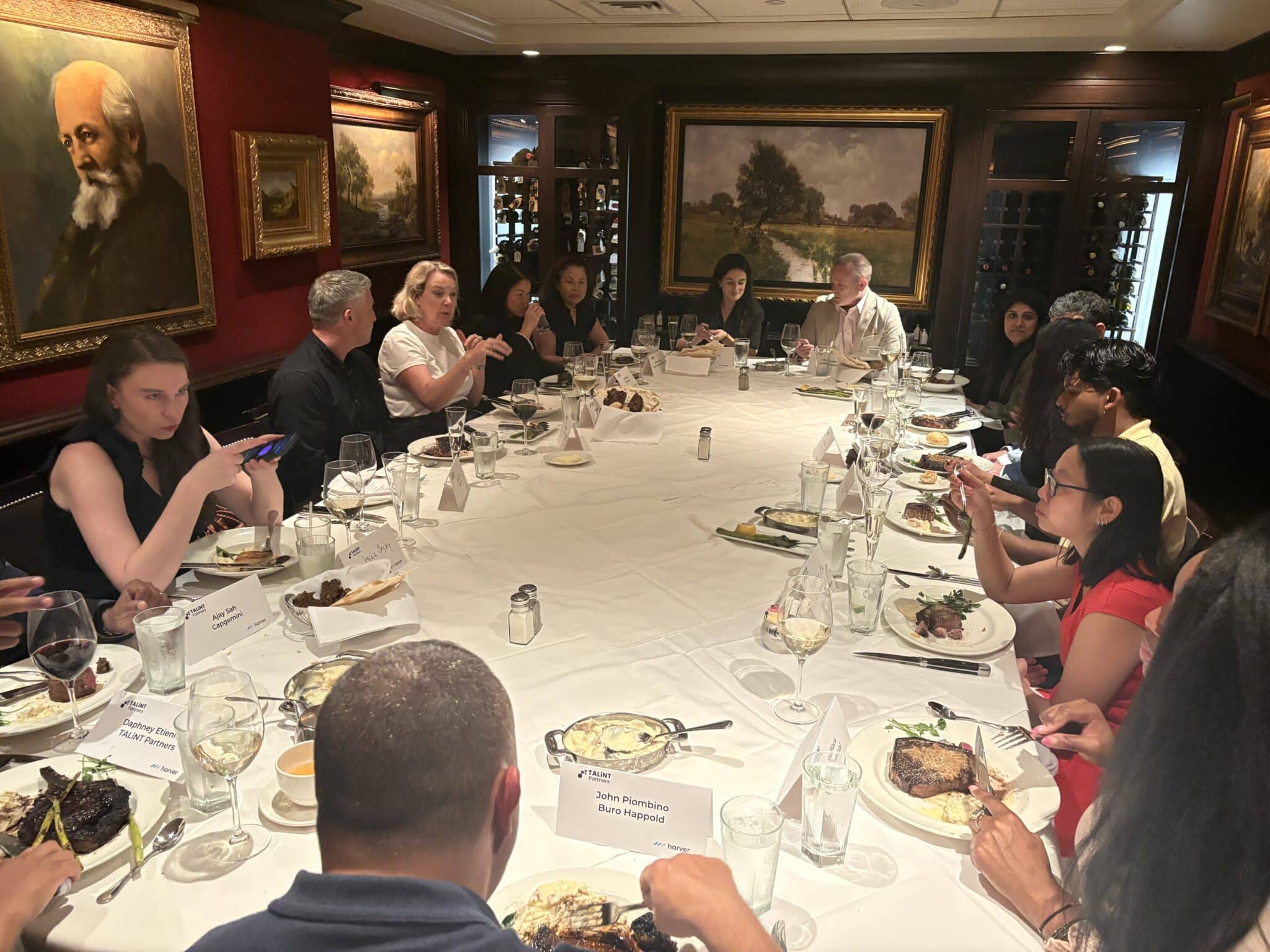In recent years, the separation between talent acquisition, HR, and workforce planning has become increasingly blurred, as organizations in the US recognize the strategic advantages of integrating their talent functions. The traditional silos that once defined these departments are being gradually broken down, with a growing number of companies adopting a more unified approach to talent management. We caught up with Ray Culver, our US MD, who acknowledged that this shift towards integration is not just a passing trend but a vital move for organizations aiming to stay ahead in a competitive talent market.
“You’re seeing a shift to a more centralized talent team to include everything from talent strategy and attraction to onboarding and employee care all being brought under one team,” Ray explains. This shift represents a significant transformation, where talent functions work in close alignment, streamlining processes and fostering better collaboration.
By breaking down the barriers between departments, organizations can ensure that they are not only attracting top talent but also providing a cohesive and positive experience for employees from the moment they are hired until they exit the business.
The rise of AI and technology integration
One of the key drivers behind the integration of talent functions is the increasing adoption of AI and technological solutions. With the rise of artificial intelligence, companies are discovering new ways to improve efficiency and enhance decision-making across all aspects of talent management. Ray highlights how AI is enabling organizations to streamline operations, even when faced with fewer resources: “With the rise of AI, and more companies embracing the various aspects of AI, this is also allowing talent teams to do more under the one umbrella, and many times with less people.”
AI-powered tools are increasingly being used to automate repetitive tasks such as screening resumes, scheduling interviews, and processing payroll. These advancements free up valuable time for HR teams to focus on higher-value activities like employee development and strategic planning. Moreover, AI allows for more data-driven decision-making, ensuring that the right candidates are selected for the right roles, and that employee engagement is continuously optimized.
Beyond recruitment, AI is also being used to support employee care and development, areas traditionally managed separately from talent acquisition. By integrating AI into employee development programs, organizations can provide personalized growth paths, skills development opportunities, and continuous learning experiences that align with both individual career goals and broader company objectives. In a unified talent team, these AI-driven insights can be used to monitor and enhance the employee experience throughout their tenure with the company.
Centralizing talent functions for better cohesion
Ray’s insight underscores another key advantage of integrating talent functions: the centralization of responsibilities under one unified team. Historically, HR, workforce planning, and talent acquisition have operated as separate entities, each with their own goals and priorities. This created challenges in communication, coordination, and strategy execution. However, as Ray points out, a centralized talent team brings all these functions together, creating a more streamlined and cohesive approach to managing talent.
This integration ensures that all aspects of the employee lifecycle are connected—from attracting candidates to onboarding them, supporting their ongoing development, and ultimately managing their career progression. Ray notes, “By consolidating all functions under one team, organizations can make sure that their talent strategy is aligned and focused on the same goals, reducing the risk of miscommunication or conflicting priorities.”
This centralization also fosters greater agility. As organizations adapt to a constantly changing business environment, having a unified talent team enables them to quickly pivot and adjust their talent strategy to meet new challenges. Whether it’s responding to market trends, shifting workforce demands, or implementing new diversity and inclusion initiatives, a centralised talent function can adapt swiftly and efficiently.
Contingent workforce inclusion
Another significant trend in the integration of talent functions is the shift toward including contingent workers under the same umbrella as full-time employees. Traditionally, contingent workforces have been managed separately, often falling under the jurisdiction of procurement or sourcing departments. However, Ray believes that this practice is outdated, stating, “You’re seeing a move to bring full-time and contingent workforces under the talent team, taking a bit of the stakeholder status for contingent away from procurement and sourcing and giving it back to where it belongs, Talent.”
By bringing contingent workers into the talent function, organizations can ensure that all workers, regardless of their employment status, are managed according to the same standards and treated with equal respect and care. This integration aligns the strategy for full-time employees with that of contingent workers, ensuring that both groups receive consistent messaging, development opportunities, and support.
Ray further emphasizes the importance of this shift, noting, “People are not paper clips.” This statement highlights the fundamental shift in mindset that is occurring within organizations. Rather than seeing workers as interchangeable assets, companies are recognizing that both full-time and contingent workers play vital roles in achieving long-term success. By managing all workers under one talent umbrella, companies can create a more inclusive and unified workforce that operates efficiently and collaboratively.
The long-term advantages of integration
The benefits of integrating talent functions are clear. By centralizing responsibility, embracing technology, and treating all workers with equal regard, companies are positioning themselves for long-term success. Ray concludes by emphasizing that this shift is not merely a trend but a strategic move that is shaping the future of work in the US: “It’s a no-brainer in my opinion, and the opinions of many of your top organizations in the US.”
In the coming years, it’s likely that more and more companies will follow suit, recognizing that a unified approach to talent management is key to fostering greater efficiency, enhancing the employee experience, and ultimately securing the best talent in an increasingly competitive market. By integrating talent functions, businesses are not just simplifying processes; they are also building a foundation for sustained growth, agility, and success.





